Four Spring Read-Alouds for the Elementary Classroom
★★★★★
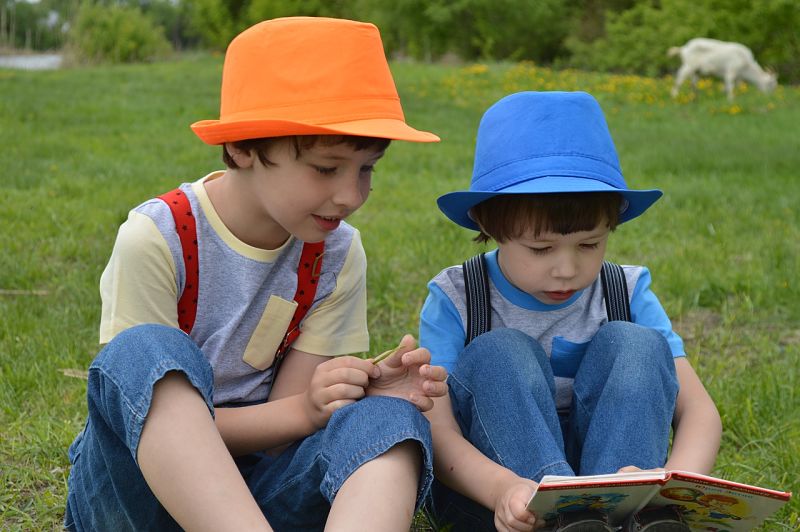 Image by Виктория Бородинова from Pixabay
I realized that I never truly appreciated the change of seasons until I became a teacher and observed the children’s excitement grow with each new discovery of a new season approaching. Their handfuls of colorful leaves decorated our classroom in the fall. The excited stories of snow and the adventures building forts, sledding hills, and creating snowmen interrupted our class time during the Winter. The early flowers in jars with water were proudly given for display on my desk in the spring. And of course, the warm weather approaching summer brought the sounds of students studying outside.
Here are just a few books and extension activities that will allow you as a class to notice and anticipate the arrival of spring.
Image by Виктория Бородинова from Pixabay
I realized that I never truly appreciated the change of seasons until I became a teacher and observed the children’s excitement grow with each new discovery of a new season approaching. Their handfuls of colorful leaves decorated our classroom in the fall. The excited stories of snow and the adventures building forts, sledding hills, and creating snowmen interrupted our class time during the Winter. The early flowers in jars with water were proudly given for display on my desk in the spring. And of course, the warm weather approaching summer brought the sounds of students studying outside.
Here are just a few books and extension activities that will allow you as a class to notice and anticipate the arrival of spring.
What Will Hatch?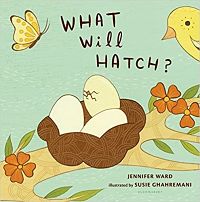
A book of few words and large illustrations, this book is a very quick way to introduce your students to oviparous animals, animals that hatch from an egg. Each layout features a close up of the eggs followed by a close up of the animal that hatches from the egg. Your students will enjoy guessing which animal hatches from the egg as you turn the pages. Do not skip over the back two layouts as additional information is given about each of the eight animals as well as more details about the egg development of the chicken.
Extension: This book can be used in your science lesson to introduce a unit on oviparous animals. Take the time at the end of the book to brainstorm, with your students, other animals that hatch from an egg. Have each student choose one of those animals to research and answer the same questions that the book addresses:
- How long does the animal stay in the egg?
- What does the mother do during this time?
- Where does she lay the egg?
- How many siblings will there be (how many eggs are laid at the same time)?
The Golden Glow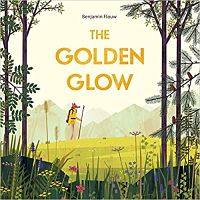
This is currently my favorite book on botany. We pulled it out in the autumn as we took nature walks, and it is reappearing on our shelf this season as we find the first flowers and new green growth. The book is a charming fiction account of Fox trekking through the woods in search of flowers. The author artfully incorporates a spread on wildflower identification, another on the five different zones of a mountain, and finally a drawing of the six main parts of a flower.
Extension: This book can be used as springboard to introduce a botany journal to your students. As the students encounter the new flowers that Spring brings, have them take the time to draw one flower per page in their journal and try to incorporate as many of the six main parts of a flower that they can see.
When Spring Comes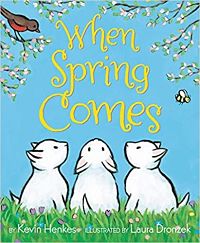
With simple text and full page illustrations, Kevin Henkes draws the reader’s attention to the signs that spring is coming. He writes in a poetic style and the book is full of the contrasts of winter and spring in the trees, snow mounds, grass, eggs, seeds, weather, garden growth, new animal births, and the smells and sounds of the changing world.
Extension: This book is the perfect way to introduce poetry to your students.
- For the new writer, you could have them start with the same way that Henkes starts his book, “Before spring comes, _________. But if you wait spring will bring _________________.” He repeats the same pattern on pages 7-8 and pages 15-16.
- For the student who understands alliteration, you can re-read pages 22-24 and have them choose a letter(s) of the alphabet to add their descriptions of what spring brings.
- For the more advanced student, you can incorporate several of the poetic elements that Henkes uses and write poetry for the next season – spring turning into summer.
A Butterfly is Patient 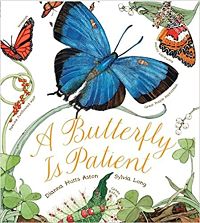
This poetic book with its intricate illustrations and informative text could probably take up an entire science session as you introduce butterflies with your students. The text is scientific, informative, and well-researched. It is full of the varieties of butterflies, their process of metamorphosis, and other fascinating butterfly facts. This is the perfect book to introduce a unit on butterflies or a butterfly collection project.
Extension: After reading this book as a class, have your students help you complete a chalkboard web on the descriptions of the butterfly with the center of the web stating: “A butterfly is…” Each of the connecting spokes should be filled with one of the twelve descriptions uses on the layouts throughout the book. You can draw additional spokes from the original spokes with examples or details. For example, under the spoke, “protective,” one might add “eyespots,” “camouflage,” and “hissing.”
This activity could be done as a whole-group review, as pairs/group of student(s), or as an individual assignment where the aim is to complete as much of the web as possible without having to refer to the book.
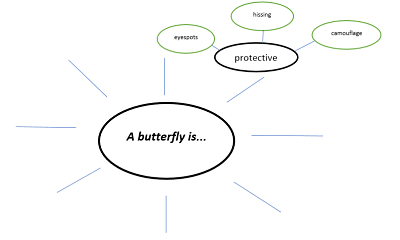
Related Items
Leave a Reply
Feedback